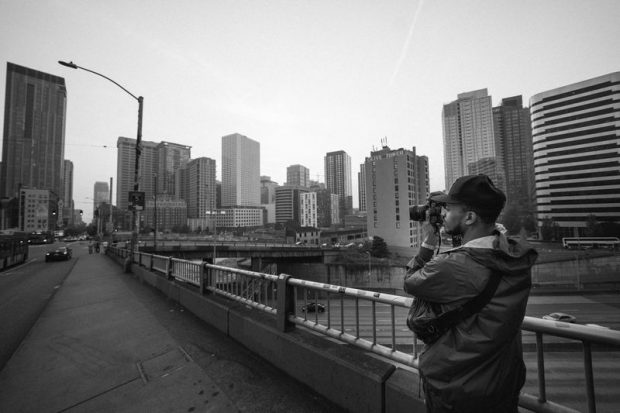The Definitive Guide to Framing Streets
Table of ContentsMore About Framing StreetsGet This Report about Framing StreetsThe Only Guide for Framing StreetsThe smart Trick of Framing Streets That Nobody is DiscussingFraming Streets - An Overview9 Simple Techniques For Framing Streets
Digital photography genre "Crufts Pet Program 1968" by Tony Ray-Jones Street photography (also sometimes called candid digital photography) is photography conducted for art or inquiry that features unmediated possibility encounters and arbitrary events within public areas, generally with the purpose of recording images at a decisive or emotional moment by cautious framing and timing. 
, that was influenced to undertake a similar documents of New York City. As the city developed, Atget aided to advertise Parisian roads as a deserving subject for digital photography.

Framing Streets Things To Know Before You Buy
Andre Kertesz.'s commonly appreciated Images la Sauvette (1952) (the English-language version was entitled The Crucial Minute) advertised the idea of taking an image at what he labelled the "crucial minute"; "when kind and material, vision and structure combined into go to website a transcendent whole" - sony a9iii.
The Best Guide To Framing Streets
The recording maker was 'a covert cam', a 35 mm Contax hidden underneath his layer, that was 'strapped to the upper body and attached to a lengthy wire strung down the ideal sleeve'. Nevertheless, his job had little modern impact as because of Evans' sensitivities about the creativity of his task and the personal privacy of his subjects, it was not published up until 1966, in guide Numerous Are Called, with an intro created by James Agee in 1940.
Helen Levitt, after that a teacher of children, connected with Evans in 193839. She documented the temporal chalk illustrations - Street photography that were component of children's street society in New york city at the time, along with the kids who made them. In July 1939, Mo, MA's brand-new photography section consisted of Levitt's job in its inaugural eventRobert Frank's 1958 book,, was considerable; raw and commonly out of focus, Frank's pictures questioned traditional digital photography of the moment, "challenged all the formal regulations laid down by Henri Cartier-Bresson and Walker Evans" and "flew in the face of the wholesome pictorialism and genuine photojournalism of American magazines like LIFE and Time".